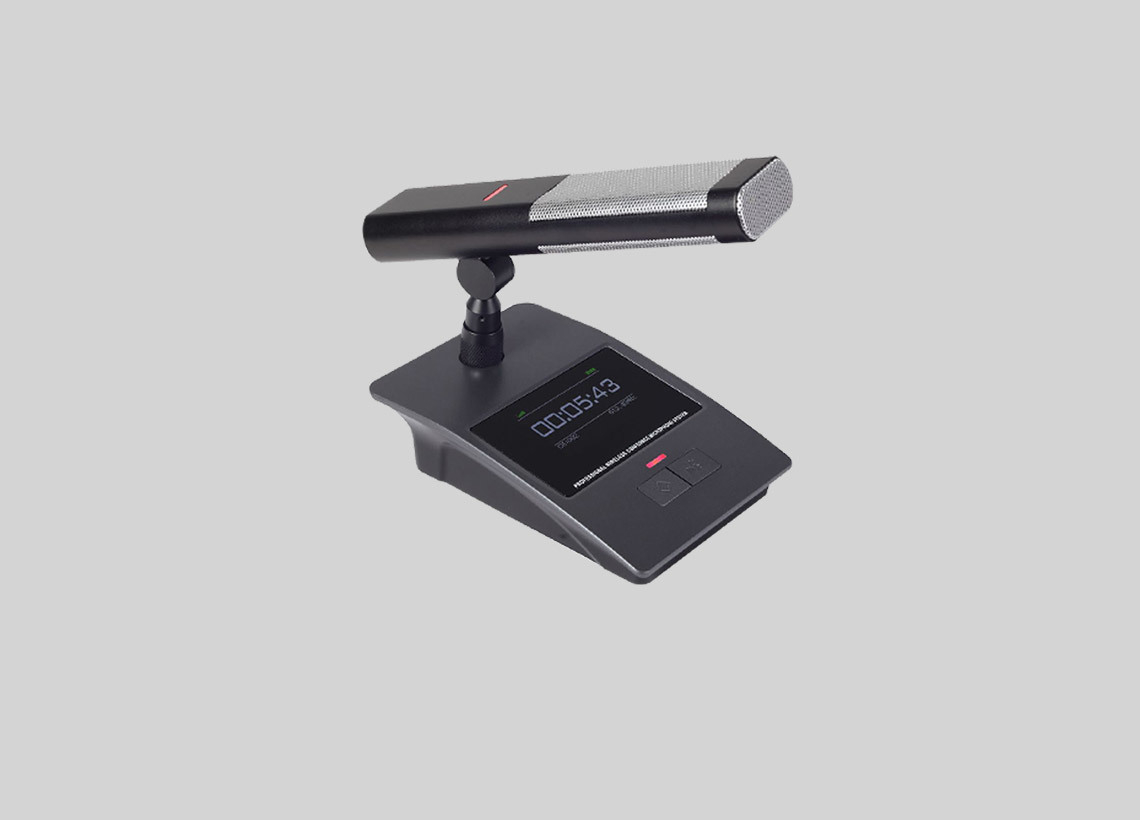In a typical recording or karaoke environment, sound quality is usually influenced by two factors: pickup and analog-to-digital conversion. The pickup quality of the former is determined by the microphone, while the digital to analog conversion of the latter is determined by the sound card. Therefore, the quality of the final sound signal depends on the performance of the two types of hardware mentioned above. Therefore, when selecting equipment, hardware performance indicators should be taken as the basic reference. This article will introduce the selection of the front-end microphone for acoustic to electrical conversion.
A microphone, or entertainment microphone, is a component that converts sound signals into electrical signals. From a bionic perspective, the design concept of microphones is almost identical to the human auditory system. The difference is that the microphone converts sound pressure into current through an electromagnetic field to obtain electrical signals, which is commonly referred to as the “pickup” process, and we usually understand it as an acoustic electrical conversion process. Collecting sound can be divided into stereo and mono sound. The so-called stereo is the use of two or more (auxiliary) microphones to simulate the sound of two people’s ears and obtain signals from the left and right channels. Monophonic sound is like the sound of the human ear, with only one direction of signal.
In the music production of professional students, microphones (entertainment microphones) are divided into two categories based on the differences in their recorded teaching content, namely “instrument microphones” and “vocal microphones”. According to its structural development characteristics and work and lifestyle, it is further divided into three categories: dynamic microphone, aluminum tape microphone, and capacitive microphone. Their common learning feature is that they both possess diaphragm and electromagnetic effects. The basic principle of its operation is that the diaphragm is driven by changes in sound pressure to change the electromagnetic field, generating a huge change in voltage. After output, a sound can be generated by continuously amplifying the circuit. Due to the fact that K songs mainly rely on vocal recordings or live performances in the form of a single channel, without the constraints of recording format, there is a relatively traditional and single format in this form, and the technology is relatively simple and easy to understand and grasp. So next, we will delve deeper into the structural design characteristics and work management methods of “vocal microphones” and analyze how to choose entertainment microphones from the perspective of technical main parameters. After understanding these knowledge, it is more convenient for us to choose entertainment microphones and become more familiar with product related knowledge.

